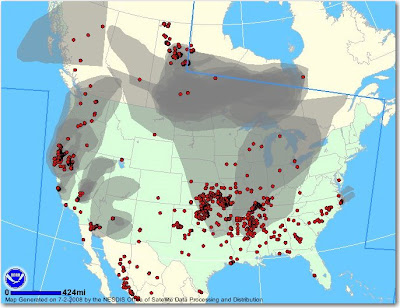Fairfax, Va., June 30, 2008… The International Association of Fire Chiefs Digital Project Working Group today released its Interim Report and Recommendations: Fireground Noise and Digital Radio Transmissions. This report culminates a year’s work with public-safety organizations, manufacturers and the laboratory services of the federal government to determine the extent of radio transmission problems associated with fireground noise.
To review the report, go to DPWG Interim Report on the IAFC website. Two important companion reports also are posted on the site: the IAFC Portable Radio Best Practices presentation; and the National Telecommunications & Information Administration report, Intelligibility of Selected Radio Systems in the Presence of Fireground Noise: Test Plan and Results.
The intent of the IAFC interim report is to alert the fire service that noise on the fireground can interfere with intelligible radio communications. The report is organized into sections that provide background on the issue, the steps the Digital Project Working Group took to investigate the problem in an objective laboratory setting, the results of the testing and corresponding analysis and recommendations, and best operational practices.




